5 Dangerous Jobs
In trying times, it's tempting to play it safe in your career. But here's another idea: Be bold. Meet five American women who have taken on some intensely gutsy gigs.
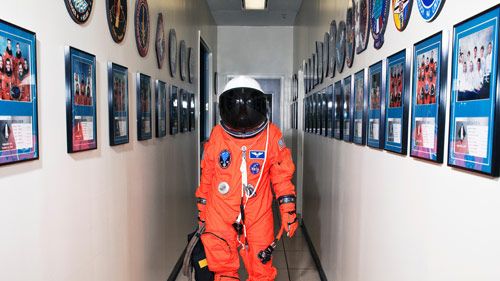
THE OUTER-SPACE MECHANIC
Megan McArthur, 37, Houston; astronaut and NASA mission specialist who recently went up in the shuttle Atlantis to help repair the Hubble Space Telescope
WHAT I DO: I've been at NASA for nine years, and I had my first space trip this past spring — that's a long time to wait for a flight. On the shuttle, I'm like the quarterback; when something goes wrong, I help direct actions that need to be taken. Case in point: Right after liftoff on our recent Hubble mission, we had two warning alarms, one about a computer and one about a main engine. It was my job to sort it all out. Then, up in space, I operated a robotic arm that grabbed and moved the Hubble telescope.
HOW IT FEELS TO BLAST OFF THE EARTH: It's mind-boggling to think you're traveling at 17,500 miles an hour. You'd go from New York to L.A. in 15 minutes at that rate.
WHY I DON'T FREAK OUT: We have years of training for any malfunctions, along with psychological screenings. Once, practicing for a rescue scenario, I had to sit cross-legged inside a big beach ball.
SPACE INVASION: In the shuttle, there were seven of us in a closet-sized space. But if someone was in your way, you could just fly over the guy's head. At night, we pinned our sleeping bags to the wall, floor, or ceiling, to make room for everyone. It's a weird feeling to sleep on a wall: You feel like you're going to float out of bed. But you zip yourself in, then anchor yourself with straps across your arms and legs. As for food, we're talking rehydrated lasagna or fajitas, which we had to Velcro to the wall.
STAR WARS OR STAR TREK? Old-school Star Wars: Princess Leia with cinnamon buns on her head. My husband — also an astronaut — and I walked out of the church on our wedding day to Star Wars music.
Stay In The Know
Get exclusive access to fashion and beauty trends, hot-off-the-press celebrity news, and more.
WORST PART OF THE JOB: If there's a downside to space travel, it's got to be the bathroom. It's a tiny closet with a fabric screen — that's all the privacy you get. A roaring vacuum sucks everything down.
BEST PART: Doing the things I've trained to do for so long — it's worth the wait. As a kid, I dreamed of going into space; in college, I studied aerospace engineering, then took a detour and got a Ph.D. in oceanography. So I've been to the ocean floor and to outer space. Next? I'd love to go to the moon.
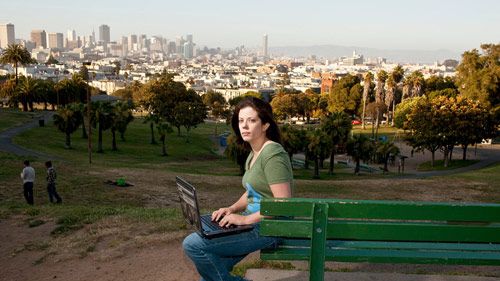
THE PEDOPHILE CHASER
Del Harvey, 27, San Francisco; coadministrator of Perverted Justice, a watchdog group committed to catching sexual predators
WHAT I DO: Bust men who prey on kids for sex. To do so, I work with police across the country to set up stings. For instance, I'll pose as a 13-year-old girl in an online chat room, and when a pedophile suggests that we meet somewhere, I'll name a place, like a beach. Then, surprise: The police are there waiting for the guy, with handcuffs.
SKEEVY BUSINESS: My very first chat with a predator was also my number-one slimiest bust. I went online pretending to be a girl who felt unloved. A man calling himself Fleet Captain Jamie Wolf started chatting with me, saying things that would make a kid feel special. "Oh, your parents don't appreciate you," he said. He was scarily smooth, and different than a lot of guys, who take a more direct approach — such as sending photos of their penises.
WHY SEND PENIS PICTURES? Some men say it's a turn-on; others say it's just what people do on the Internet. Also, let's face it, these guys aren't exactly socially adept. I've received so many photos, I had to create an archival system, in order to save the shots as evidence. So now I have lots of penises on my hard drive.
MAJOR MISHAP: For a while I acted as a decoy on Dateline's To Catch a Predator series, meaning I posed as the kid the pedophiles were coming to meet. I looked young enough to fool the guys for a few seconds before the police would pounce. But once, I met a man on a park bench in Long Beach, and the officers didn't pop out immediately, due to a miscommunication. I had to entertain the guy; he touched my foot and said, "I thought you were gonna paint your toenails." It really freaked me out.
WORST PART OF THE JOB: Trying to wrap my head around the things these men do, especially if they're doctors or teachers.
BEST PART: Getting creeps off the street. We've had more than 400 convictions so far.
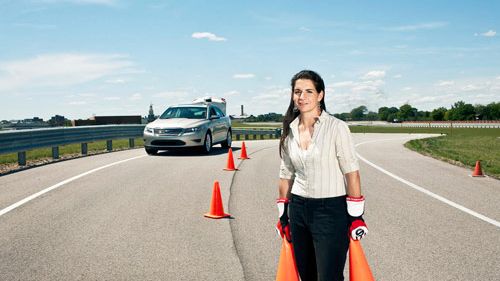
THE ROAD WARRIOR
Christina Rodriguez, 36, Dearborn, MI; vehicle dynamics development engineer at Ford Motor Company
WHAT I DO: Test out prototype Ford cars called "mules," handmade models that haven't gone into mass production yet. To make sure the car holds up under any conditions, we have a test track with 15 tricky road surfaces that re-create potholes, cobblestones, icy situations — just like the crappy roads you drive on every day. On the track, I push the car to the limit, until it's ready to spin out of control; I tear up the tires, skid, slide, drive 130 miles an hour — anything to "excite" the vehicle, to make it lose its grip. Yes, it's a teenage boy's dream.
MY GREATEST ASSET: You have to have a good "assometer" in this job. In other words, you need to be able to feel it in your butt when you're sitting in the driver's seat and the car is about to do something you don't want it to do, like swerve or fishtail. You become like an instrument; your senses are very in tune. Once I determine what needs fixing — shocks, springs, steering, suspension — a technician makes adjustments, then I test the car again.
MAJOR MISHAP: Sometimes a wheel flies off. But our mechanics are always there for us; they're great — they know our lives depend on them. Our relationship is tight.
BOYS' CLUB: I'm the only woman out of about 40 men in this gig. At first, I felt like I needed to prove myself in a big way; there's a lot of competition, not to mention egos. But now everyone is super-accepting. Anyway, it's not the first time I've been outnumbered by guys. When my brother and I were growing up in Puerto Rico, he was too shy to join Little League, so Mom sent me with him — I was the only girl on the team.
WORST PART OF THE JOB: I've gotten sick in a car a few times. Once, I had to keep driving over "whoop-de-dos" — little hills that are like speed bumps — more than 250 times to make sure the car rode well.
BEST PART: I get to peel out in someone else's car. How cool is that?
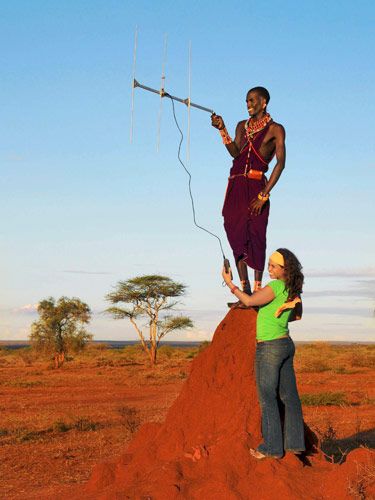
THE LION SAVER
Leela Hazzah, 30, Maasailand, Kenya; director of the Lion Guardians Project, a nonprofit wildlife-conservation program
WHAT I DO: I protect Africa's dwindling population of lions from getting speared, poisoned, or shot to death by Kenya's famous Masai tribesmen, who see the animals as a nuisance. So I'll do things like calm angry livestock owners when their favorite cow gets eaten by a lion, to prevent any retaliation. I also help researchers fit the cats with GPS collars that allow us to track them. That way, I can alert Masai farmers when lions are around so the men can dodge danger zones.
MY DIGS: A tree house with a stunning view of Mount Kilimanjaro and a 360-degree panorama of the bush — perfect for watching wildlife and farmers herding their livestock. My dog, Taratibu, an African mastiff, guards my perch from any predators. Sometimes I feel like someone is watching me when I'm up in my tree, and sure enough, it'll be a giraffe.
MAJOR MISHAPS: Being chased by a cross-eyed bull elephant. Getting stranded on the border of Malawi when my car broke down and having to hitch a ride with a lecherous lorry driver. Being airlifted by helicopter to a hospital in Nairobi for an emergency appendectomy.
WHAT I MISS ABOUT THE STATES: Paved roads. Goldfish crackers. Morningstar veggie hot dogs. I grew up in Washington, D.C., but after 10 years on and off in Africa, this is my home.
IS THE BUSH WIRED? Our camp has a limited phone network, which we use to connect to the Internet. But it's not terribly reliable.
WORST PART OF THE JOB: Zero time off, especially since I'm also working toward my Ph.D. here.
BEST PART: Gaining the respect of the Masai. One rainy night, a desperate mother came to my house carrying her sick baby; she begged me to take her to a clinic. My old Land Cruiser was barely working, but finally, after several attempts at hot-wiring, it sputtered to life. We bounced along bumpy, muddy roads for hours until we reached the clinic; two days later, the child was better. After that night, people saw me as part of the community, rather than an outsider.
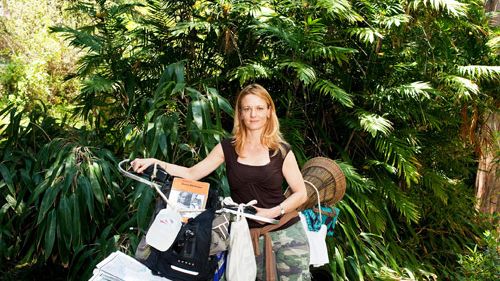
THE DISEASE FIGHTER
Anne Rimoin, 39, founder of Congo BioMed, a nonprofit that promotes biomedical research in the Democratic Republic of the Congo, and assistant professor of epidemiology at UCLA
WHAT I DO: Study emerging diseases, especially ones that move from animals to humans, like monkeypox. I split my time between Los Angeles, where I teach college classes, and the Congo, where I conduct surveillance of people in the jungle who are eating animals that might carry the monkeypox virus, like squirrels, monkeys, or rodents. By studying diseases that cross species, such as the swine flu, we can learn how to prevent a pandemic, or worse: Monkeypox — a cousin of smallpox, with similar symptoms — is one of the most likely agents of bioterrorism.
HOW I GOT THE GIG: After college, I joined the Peace Corps in West Africa, where I helped tackle Guinea worm disease. People were getting infected through drinking water; they'd unwittingly gulp some larvae, then later would get blisters on their skin that would hatch worms. Yes, worms could come out of their faces, legs, feet. I learned how you could make a huge impact on health with a simple intervention — in this case, just having people filter their water by pouring it through a cloth. It was a perfect introduction to public health; I decided to go on to get a master's and then a Ph.D.
WHY THE CONGO? It's a hotbed of emerging diseases — Ebola was born here, along with some of the first cases of HIV. I came to work on a malaria study in 2002, but when I started looking into monkeypox, I realized it was a real problem. Yet no one was talking about it; everyone thought it would go away. In 2004, I received a supplemental grant from the National Institutes of Health to study it. A few years later, I started a nonprofit to promote biomedical research, training, and sustainable health programs.
MAJOR MISHAP: Once, we needed to take blood samples from people in a rural village, but a rumor had spread that we wanted to give the blood to white Europeans — so they could drink it to stay young. Of course, I understand that it's strange for villagers when we swoop in and ask for blood. But days can be spent trying to explain that you're not a vampire.
WORST PART OF THE JOB: There's so much work to be done — there's always an unmet need. Oh, and the time I got malaria.
BEST PART: The potential to save millions of lives.
To donate time or money to Lion Guardians or Congo BioMed, go to lionguardians.org or congobiomed.org.
Abigail Pesta is an award-winning investigative journalist who writes for major publications around the world. She is the author of The Girls: An All-American Town, a Predatory Doctor, and the Untold Story of the Gymnasts Who Brought Him Down.
-
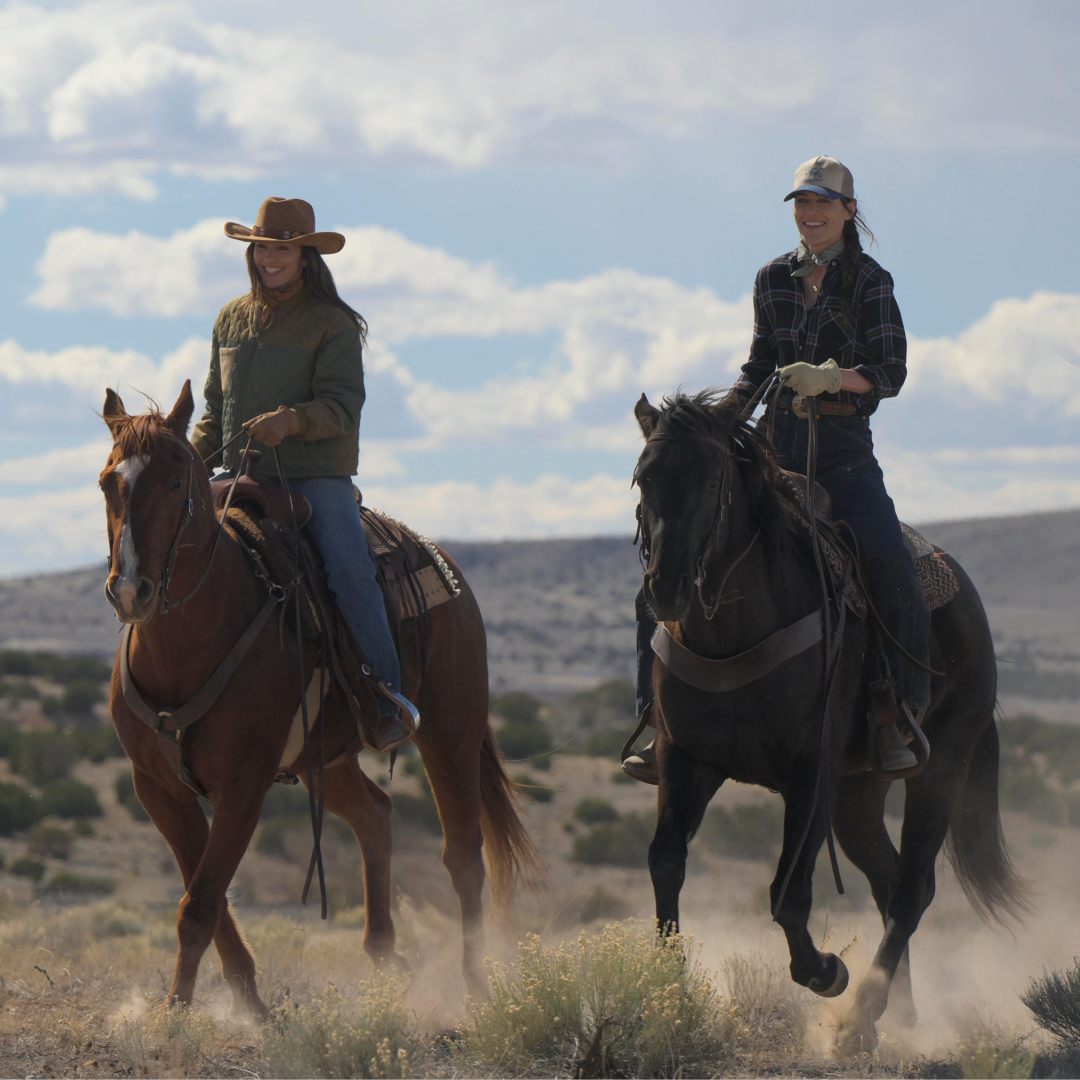 'Ransom Canyon' May Give Texas the Small-Town Drama Treatment, But That's Not Where It Was Filmed
'Ransom Canyon' May Give Texas the Small-Town Drama Treatment, But That's Not Where It Was FilmedHere's what to know about the real-life ranches featured in the Netflix series.
By Quinci LeGardye
-
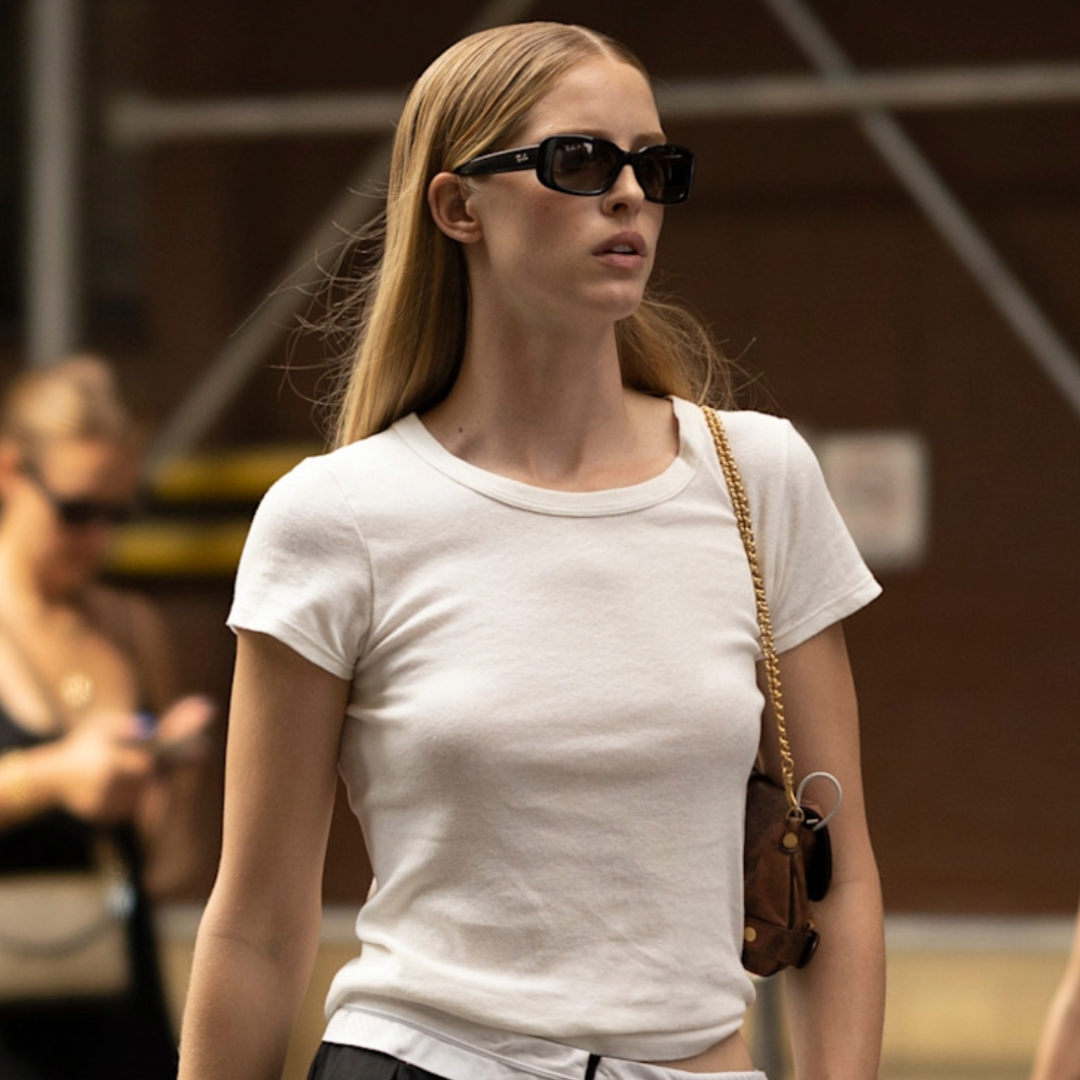 I Predict These 23 On-Sale Wardrobe Staples From Nordstrom Will Be Sold Out Next Week
I Predict These 23 On-Sale Wardrobe Staples From Nordstrom Will Be Sold Out Next Week23 Must-have shoes, tops, skirts, and more.
By Brooke Knappenberger
-
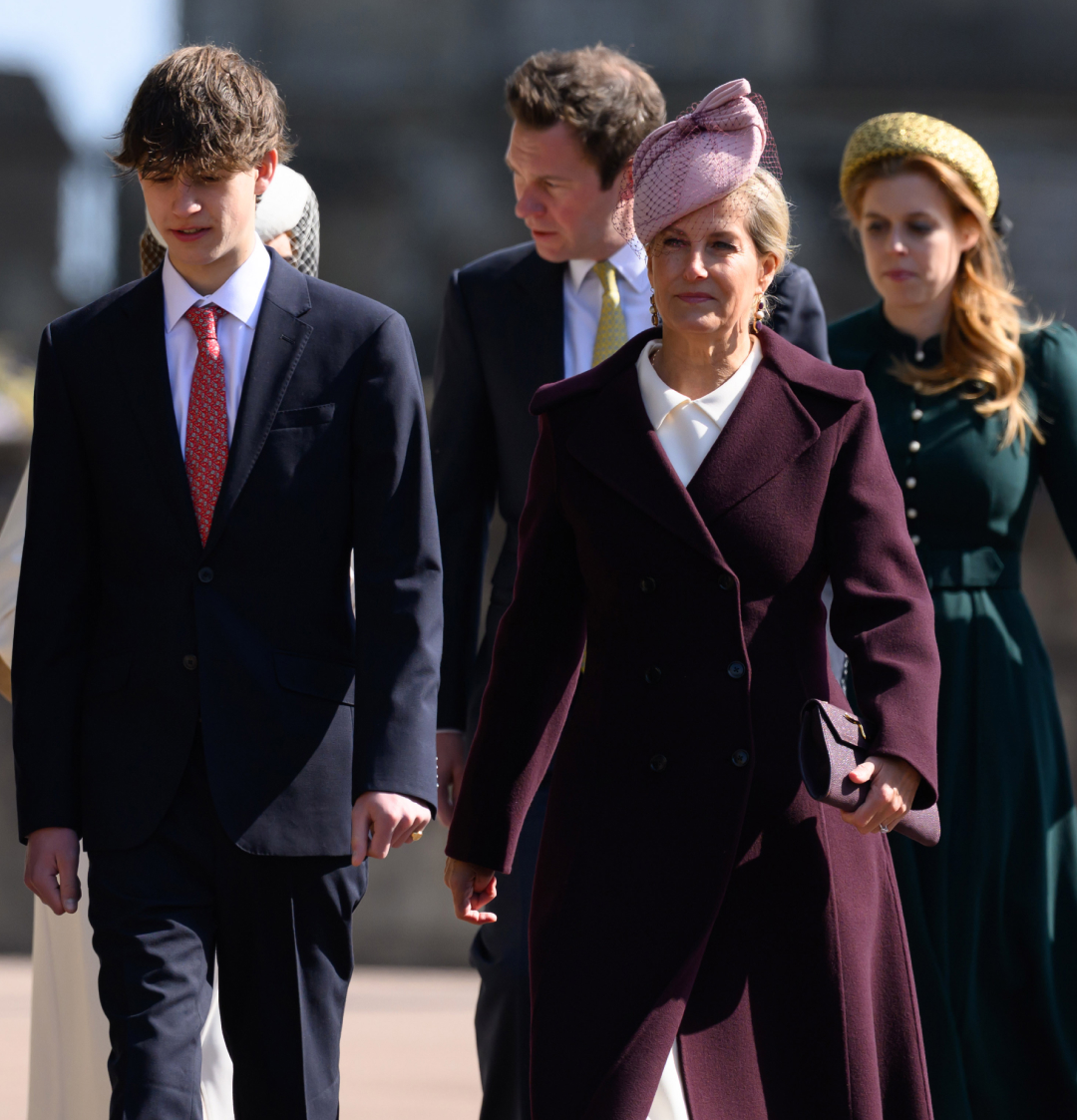 Fans Can't Stop Talking About This Rarely-Seen Royal After Easter Appearance
Fans Can't Stop Talking About This Rarely-Seen Royal After Easter AppearancePrince Edward and Duchess Sophie's son shocked royal watchers with his grown-up look on Easter.
By Kristin Contino
-
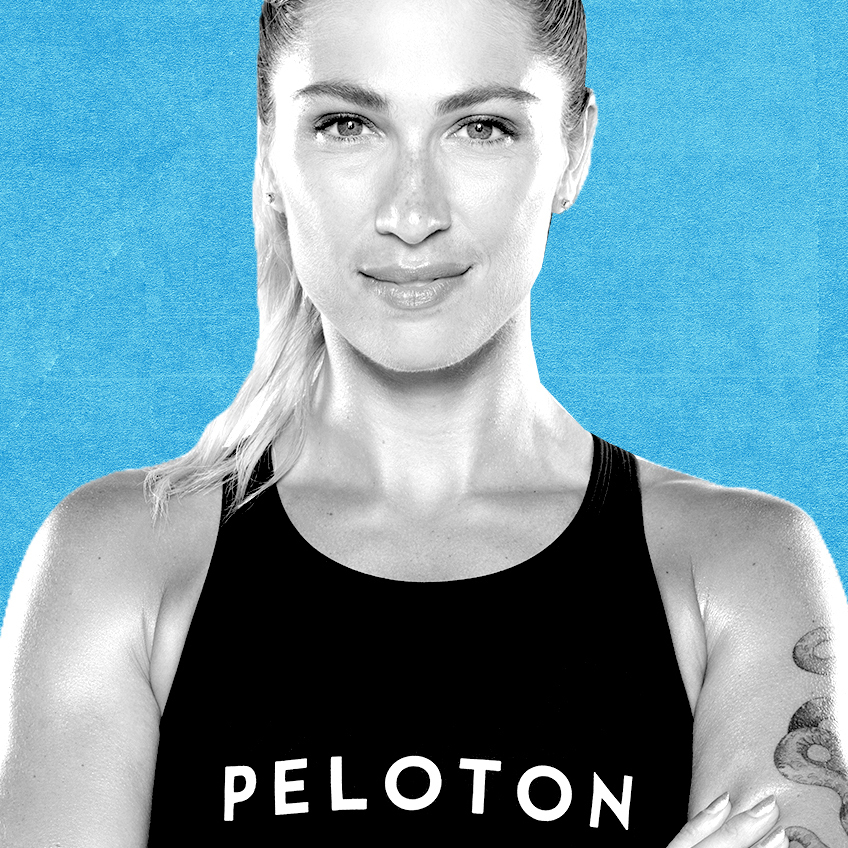 Peloton’s Selena Samuela on Turning Tragedy Into Strength
Peloton’s Selena Samuela on Turning Tragedy Into StrengthBefore becoming a powerhouse cycling instructor, Selena Samuela was an immigrant trying to adjust to new environments and new versions of herself.
By Emily Tisch Sussman
-
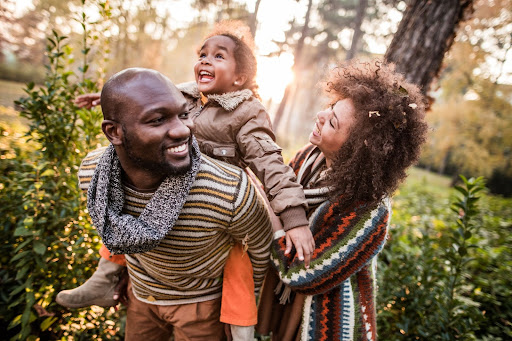 This Mutual Fund Firm Is Helping to Create a More Sustainable Future
This Mutual Fund Firm Is Helping to Create a More Sustainable FutureAmy Domini and her firm, Domini Impact Investments LLC, are inspiring a greater and greener world—one investor at a time.
By Sponsored
-
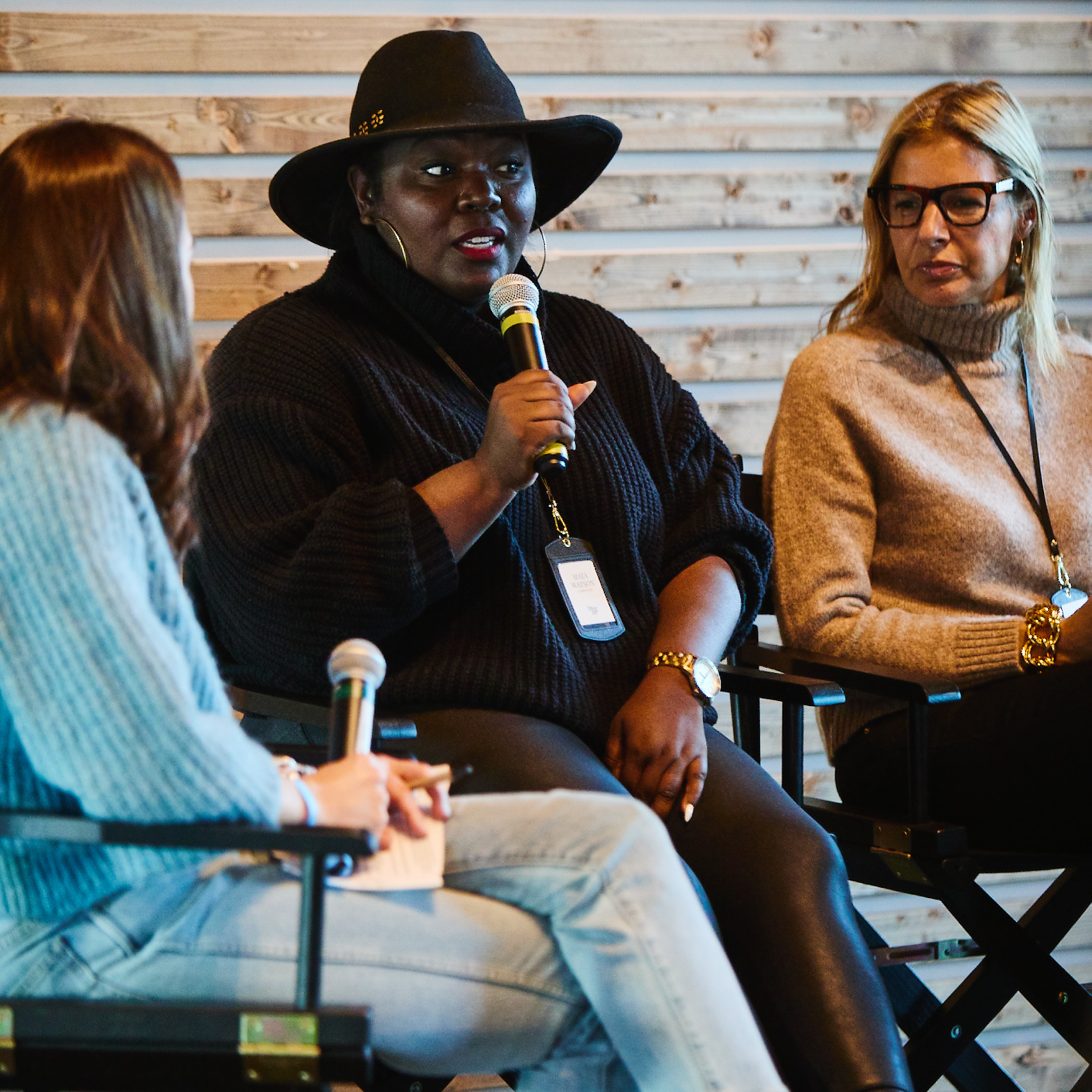 Power Players Build on Success
Power Players Build on Success"The New Normal" left some brands stronger than ever. We asked then what lies ahead.
By Maria Ricapito
-
 Don't Stress! You Can Get in Good Shape Money-wise
Don't Stress! You Can Get in Good Shape Money-wiseFeatures Yes, maybe you eat paleo and have mastered crow pose, but do you practice financial wellness?
By Sallie Krawcheck
-
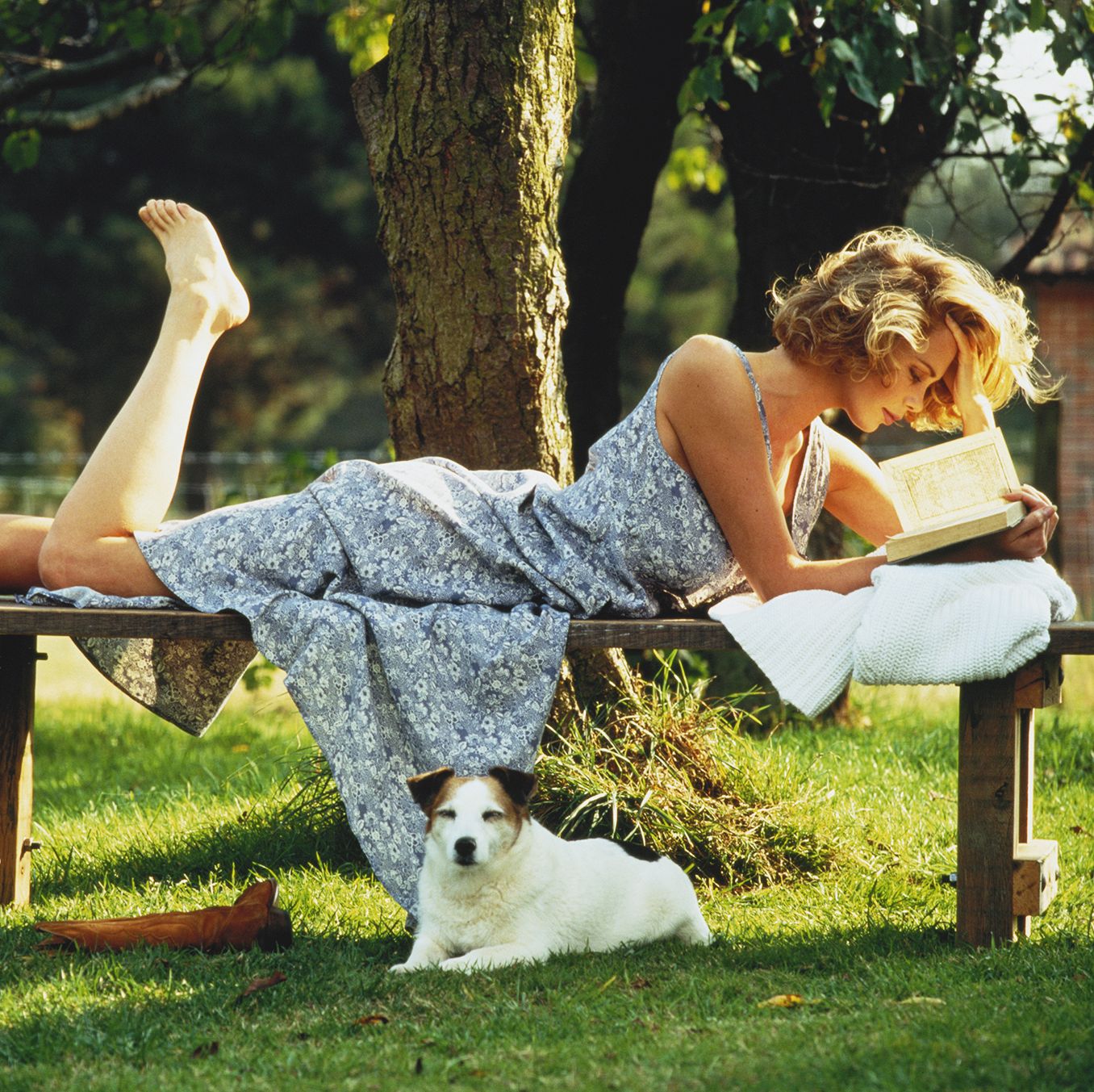 The Book Club Revolution
The Book Club RevolutionLots of women are voracious readers. Other women are capitalizing on that.
By Lily Herman
-
 The Future of Women and Work
The Future of Women and WorkThe pandemic has completely upended how we do our jobs. This is Marie Claire's guide to navigating your career in a COVID-19 world.
By Megan DiTrolio
-
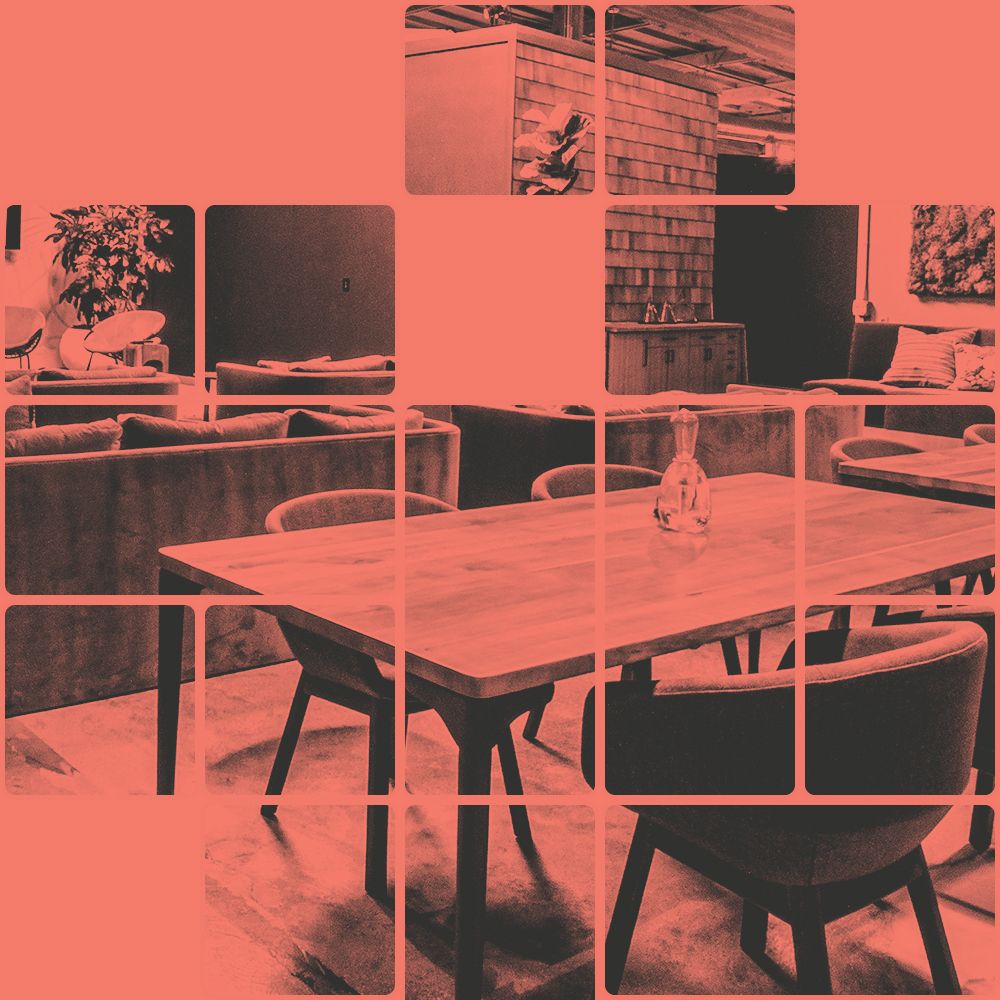 Black-Owned Coworking Spaces Are Providing a Safe Haven for POC
Black-Owned Coworking Spaces Are Providing a Safe Haven for POCFor people of color, many of whom prefer to WFH, inclusive coworking spaces don't just offer a place to work—they cultivate community.
By Megan DiTrolio
-
 Where Did All My Work Friends Go?
Where Did All My Work Friends Go?The pandemic has forced our work friendships to evolve. Will they ever be the same?
By Rachel Epstein